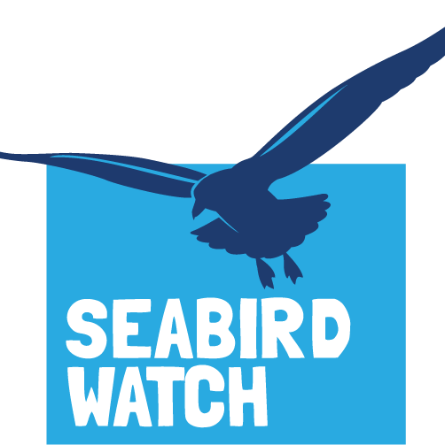Seabird Watch
Seabird Watch
Project Summary
The world's seabirds are declining due to fisheries, pollution, invasive predators, habitat destruction and human disturbance. Seabird Watch aims to understand where and how seabirds are most impacted to enable us to better conserve them. This is where you come in! You can help by helping us classify thousands of images of seabirds.
Need to know
- Start Date: 26/06/2020
- End Date: 31/12/2020
- County: National
- Organisation Name: University of Oxford
- Project Category: Species surveys,Other
Project Description
Because seabirds spend the majority of their life at sea and feed near the top of the food chain, changes in their populations are likely to reflect the changes occurring in the wider ecosystem, making them excellent indicators of the health of the marine environment. As such, many seabirds, are also considered a sentinel of change. A sentinel species is an organism, in this case seabirds, that we can use to detect early warning of risks to key ecosystems and by extension to humans.
However, the world's seabirds are in decline. Fisheries, pollution, invasive predators, habitat destruction and human disturbance have all had significant impacts on seabird populations, making them the most threatened group of birds globally. Impacts can occur at any stage of the seabird annual cycle including failure to find enough local food to successfully raise chicks during the breeding season, failing to find enough food over winter to reach breeding condition, predators taking chicks before they can fly away, or direct mortality of adults from fisheries bycatch.
Seabird Watch aims to understand where and how seabirds are most impacted to enable us to better conserve them. To do so, we need data on a massive scale in order to disentangle local impacts from wider impacts such as climate change. This is where you come in. You can help by helping us classify thousands of images of seabirds.
Sign Up Information
Project Contact Email: contact@penguinwatch.org
You can sign up on our website (see top right corner of the home page) and start classifying penguin images immediately.
Please say you found this project on Nature Volunteers
